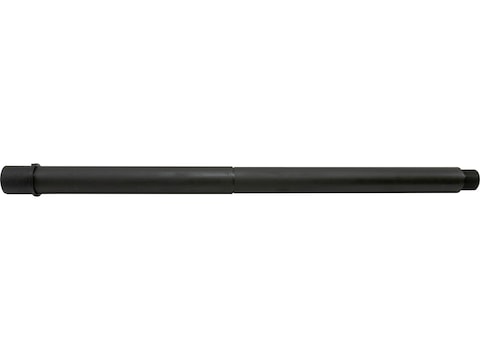Chrome Moly Rings Break In

Chrome has more resistance to scuffing and scoring than cast iron but somewhat less than moly.
Chrome moly rings break in. Resistance to abrasive wear is considerably better than moly rings but the bores must be perfectly straight and round. Most grey cast iron rings specify a 150 to 220 grit with 180 being what we recommend. Chrome faced rings were a popular option a few years back but now have also succumbed to progress and are rarely employed in modern performance engines. Plasma moly is a relatively soft and porous ring facing with excellent oil carrying capacity and comparatively fast conformability break in to the cylinder bore surface.
Prior to plasma molly rings the easiest on the cylinders were cast then molly after that and finally chrome rings that wear real well but are real hard on the cylinder because they are a harder. Molly rings are not as picky and they are easier on the bore than chrome rings. Chrome s extreme density and hardness resists the impingement of dirt into the face of the ring which accelerates cylinder wear and actually contributes to the exhaust gases carrying some of the airborne contaminant out through the exhaust system. The chrome are considered stronger and used in most high perfornance high compression engines and those runing nos.
Break0in time is longer and the ends cannot be filled to increase the end gap. There are dis advantages to using chrome rings. The plain non chrome rings are softer and break in right away. Chrome used today primarily by overseas oems and in industrial engines is a much harder non porous material.
Hope that helped u. The problem with many chrome facings was that they were extremely hard and difficult to break in properly and often suffered from flaking or cracking when exposed to detonation. The problem with many chrome faced rings was they were extremely hard and difficult. Also chrome rings should not be used on engine s that run on propane or natural gas.
With today s rings especially moly faced versions this can be achieved in a very short period of time and certainly within 20 to 30 miles of street driving. This actually requires that during break in the ring come in contact with the cylinder wall. If you want to go modern than plasma molly rings are the way to go. Recommended cylinder to piston clearance of 0015 thousandths per inch of bore works out to 0035 to 005 thousands.
Many use them just because of the chrome and they take longer to break in because of this.















































